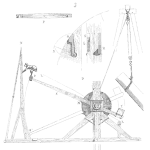
The flow chart is a method to scope a process and gain agreement on conversation context. There are different approaches to creating them. Get an overview here and determine if it can help with your next situation. [Read more…]
Your Reliability Engineering Professional Development Site
by Perry Parendo Leave a Comment

The flow chart is a method to scope a process and gain agreement on conversation context. There are different approaches to creating them. Get an overview here and determine if it can help with your next situation. [Read more…]
by Perry Parendo Leave a Comment

Vilfredo Pareto is credited with the Pareto Principle, and thus the Pareto chart. He is NOT my uncle, but many assume he could be! He was an Italian economist, and I do have Italian heritage. The chart allows prioritization to happen, considering the 80/20 rule, or Pareto Principle. We cannot do everything, so where do we start? This is one way to make that choice. [Read more…]
by Perry Parendo Leave a Comment

Concept development and selection is critical for New Product Development. Approaches vary, so what should you do? The video helps you consider your situation and how to blend an approach for increased chances for project success. [Read more…]
by Perry Parendo Leave a Comment

Design of Experiments (DOE) sounds far more complex than it is. The point is to create an empirical equation to make decisions. This video defines DOE in an extremely simple manner. [Read more…]
by Perry Parendo Leave a Comment

Our view of success impacts our ability to improve our opportunity for success. How do we consider our own outcomes? What about results of competition? Perspective from Behavioral Science can help us perform at a higher level and find ways to always improve. [Read more…]
by Perry Parendo Leave a Comment

Our optimism or pessimism can impact performance and decision making. How do our natural biases impact emotions? We explore this topic to help gain a competitive advantage. [Read more…]
by Perry Parendo Leave a Comment

Communication is important for success, but constant meetings kill team productivity. Improvement can allow greater productivity and greater accomplishment. This video talks about characteristics that can help with that effort. [Read more…]
by Perry Parendo Leave a Comment

Project budgeting can determine if a project is selected or cancelled. How accurate are budgets? They are often far away from reality. How can we do better? [Read more…]
by Perry Parendo Leave a Comment
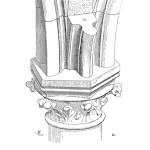
New Product Development is a high impact situation. Getting to market so sales can begin is big. Yet, projects seem to constantly take longer than expected. [Read more…]
by Perry Parendo Leave a Comment
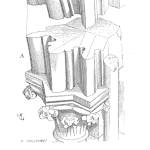
Problem solving can often be accomplished using Seven Simple Tools. Scope, data collection and data display need to be addressed, and these tools cover the needs in a manner with limited complexity. [Read more…]
by Perry Parendo Leave a Comment
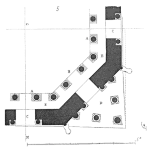
It has been said that beliefs come first, and we then find supporting facts for them second. Can we reduce this belief bias? Can we improve our decision making? [Read more…]
by Perry Parendo Leave a Comment

Resolving a company challenge can get complicated. Could an outside resource accelerate the process? Or is it a distraction? Are there behavioral reasons we need to consider to provide a balance perspective to make the decision? This is discussed in this video. [Read more…]
by Perry Parendo Leave a Comment
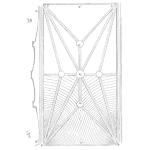
We all have biases impacting our ability to achieve success. We need to acknowledge them. By making personal choices, we can improve our odds. There are also team structure and ground rules to consider for providing an advantage. [Read more…]
by Perry Parendo Leave a Comment
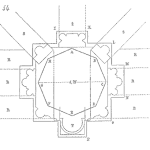
Process capability is a key technique for confirming design and process requirements. This video discusses common elements of the approach. [Read more…]
by Perry Parendo Leave a Comment
As casual dress has taken over many work environments, we still wear a tie to events and while working with clients. Why do we continue to do this? Listen to hear the background of this choice. [Read more…]